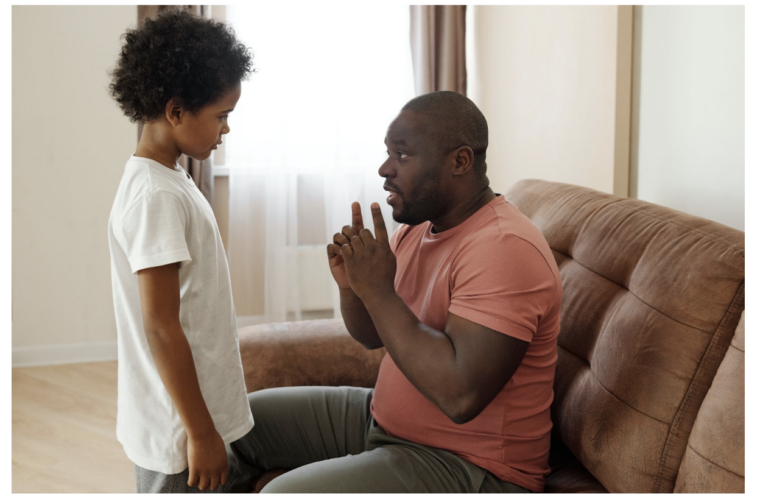What are the 5 conflict resolution strategies for children?
Because conflict is an inevitable part of life, children must learn healthy ways to handle it. Building children’s communication, empathy, and problem-solving skills through effective conflict resolution is a worthwhile goal.
Children who have learned effective methods for settling disagreements are more likely to develop and keep positive friendships. In this light, adults in a child’s life, including parents, teachers, and other caretakers, have a critical role in helping them learn to resolve disagreements constructively. Adults can sign up for global negotiation training and consulting webinars or workshops that would help in conflict resolution for children.
Here, we will explore 5 effective conflict resolution strategies to help children manage conflicts and build stronger relationships with their peers.
-
Talk it out
Encourage kids to share their sentiments with others and to pay attention to one another. Insist that they talk about how they feel without pointing fingers or naming names.
Active listening is an essential skill that will help you along the way. When children are at odds with one another, encourage them to listen to one another actively. This involves actively listening to the other person, asking questions, and seeking clarification if necessary.
-
Find a compromise
Compromising is not about winning or losing. It’s about finding a solution that everyone can live with. It’s important that children could understand this concept. By teaching children to compromise, we help them develop skills that can be useful throughout their lives.
As an adult, you can help them in some ways, such as:
- Help children clearly identify the problem they are facing. Encourage them to discuss what they each want and what they are willing to give up.
- Encourage children to generate as many ideas as possible for how to solve the problem. Write down all the ideas, even if they seem silly.
- Let them go through each idea and evaluate it. Discuss the pros and cons of each idea and how it might affect both parties.
- After discussing all the ideas, help children devise a compromise that works for both parties. Encourage them to choose a solution that is fair and reasonable.
- Once a compromise has been reached, children need to communicate their agreement clearly to each other. Ensure they understand what they have agreed to and how it will be implemented.
- Help children stick to the compromise they have made. Reinforce the idea that everyone must hold up their end of the agreement to ensure a successful outcome.
3. Take a break
Taking a break is a valuable conflict resolution method for kids because it gives them time to collect their thoughts and cool down before continuing the conversation. When children are upset, it’s hard for them to converse and figure out a solution. Taking a little break may allow them to think things over and come up with a plan of action.
Moreover, pausing can stop the conflict from getting worse. They can refrain from saying or doing anything that would be harmful or might exacerbate the situation.
Taking a pause can also teach kids how to self-regulate their emotions and behavior. Children can learn to handle their feelings healthily if they know how to recognize when they need a break and how to use calming tactics like deep breathing or going for a walk.
4. Use “I” statements
Children can learn to take control of their emotions and communicate more constructively and peacefully by modeling these conflict resolution skills, which include using “I” statements. Children’s usage of “you” utterances, which might be interpreted as blame or accusation, can fuel arguments.
Instead of attacking the other person, children can communicate their feelings using “I” words. A less aggressive statement would be, “I feel hurt when you call me names,” as opposed to, “You’re mean, and you always call me names.” Using “I” statements can improve communication by letting the other person know how their actions are impacting you.
Additionally, employing “I” statements can aid in developing emotional intelligence and self-awareness in kids. Children can learn to control their emotions and express their needs by being more self-aware and practicing emotional literacy through self-expression.
5. Get help from a trusted adult
If the conflict is escalating and the children cannot resolve it on their own, encourage them to seek the help of a trusted adult, such as a teacher, parent, or counselor. The adult can help mediate the conflict and find a solution for everyone.
Conclusion
Overall, learning conflict resolution skills is essential for children because it can help them develop healthy relationships, improve their communication skills, build empathy and understanding, reduce aggression and violence, and foster problem-solving skills. Parents, caregivers, and educators need to teach children these skills and provide opportunities to practice them in real-life situations.

